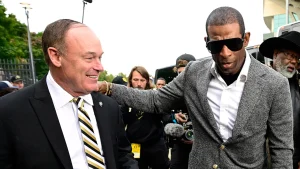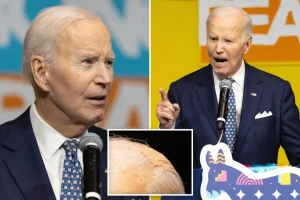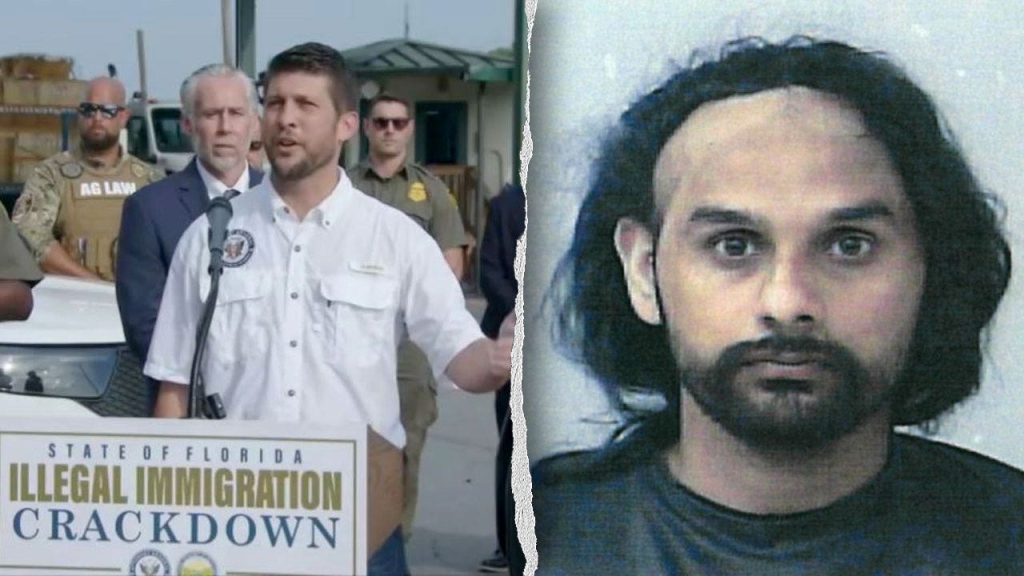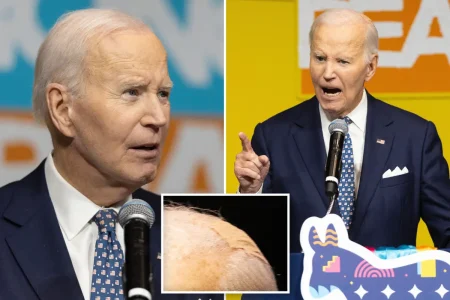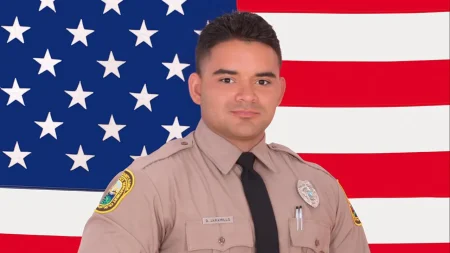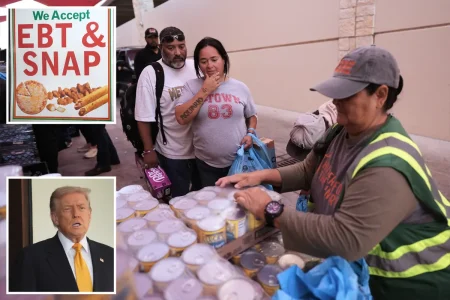Florida Investigates How Illegal Immigrants Obtain Commercial Driver’s Licenses Following Fatal Crash
In the wake of a tragic accident that claimed three lives on August 12, Florida officials have launched an investigation into how illegal immigrants are obtaining commercial driver’s licenses (CDLs) from sanctuary jurisdictions outside the state. At a recent press conference, Florida Attorney General James Uthmeier announced the probe following the arrest of 28-year-old Harjinder Singh, an illegal immigrant who was allegedly behind the wheel of a commercial semi-truck when it caused a deadly collision on the Florida Turnpike in Fort Pierce. Singh reportedly obtained CDLs from California and Washington state, despite his immigration status. The accident occurred when Singh attempted an unauthorized U-turn, causing his trailer to jackknife and collide with a minivan, killing all three occupants inside.
The investigation gained additional urgency following a separate incident just days later, when authorities in Bay County arrested another illegal immigrant, Roberto Carlos Vergara, who was driving a commercial vehicle with a CDL obtained from New Jersey. Vergara is now being held by Immigration and Customs Enforcement (ICE). These back-to-back incidents have raised serious concerns among Florida officials about the safety implications of allowing individuals without legal status—and potentially without adequate training or language skills—to operate massive commercial vehicles on the state’s highways. “It’s hard to imagine a situation where somebody doesn’t speak English can actually go through one of these exams and receive the necessary authorization,” Uthmeier noted at the press conference. “If you can’t read street signs, how are you going to drive large commercial vehicles, 18-wheelers, tractor trailers in a safe manner?”
The state’s investigation is multi-faceted, looking not only at the sanctuary jurisdictions that issue these licenses but also at the examination agencies and companies that may have provided inadequate testing or oversight. Florida itself prohibits illegal immigrants from obtaining driver’s licenses of any kind, which makes the interstate recognition of licenses a particularly contentious issue. Attorney General Uthmeier characterized sanctuary states that provide CDLs to illegal immigrants as creating a “major liability” for public safety. The legal questions are complex, involving interstate commerce regulations, driver’s license reciprocity agreements between states, and federal immigration enforcement policies.
Florida’s response extends beyond just the investigation. Commissioner of Agriculture Wilton Simpson announced enhanced enforcement measures aimed at preventing illegal immigrants from operating commercial vehicles within state borders. These measures include adding pullover lanes along Florida’s northern border and installing X-ray machines at interdiction stations to better screen incoming commercial traffic. These practical steps reflect the state’s determination to address what officials view as a serious public safety concern, while also highlighting the tensions between state and federal responsibilities in immigration enforcement. The enhanced screening measures may face challenges on constitutional grounds related to interstate commerce, but state officials appear committed to pursuing them nonetheless.
The human toll of the August 12 crash underscores the real-world consequences at stake in this policy debate. Three people lost their lives in what authorities describe as a preventable accident. While the investigation is still ongoing, the incident has already sparked intense discussion about the qualifications required for commercial driving and how those requirements are enforced across state lines. For the families of those killed in the crash, these policy discussions come too late. Their loss represents the personal tragedy that can result when regulatory systems fail to adequately screen those entrusted with operating potentially dangerous vehicles. Meanwhile, Singh faces serious charges related to the crash, though details about his specific legal situation remain limited in public reporting.
This situation highlights broader tensions in America’s immigration system and the patchwork of state laws that have emerged in response to federal policies. While some states have adopted sanctuary policies that limit cooperation with federal immigration authorities and expand access to services for undocumented residents, others like Florida have moved in the opposite direction, tightening restrictions and increasing enforcement. The commercial driver’s license issue sits at the intersection of these competing approaches, raising questions about interstate recognition of licenses, public safety, and the practical realities of America’s reliance on commercial transportation. As Florida pursues its investigation, the outcome may have implications not just for truck drivers but for how states navigate their differences on immigration policy while maintaining the interconnected transportation systems that the economy depends upon.
